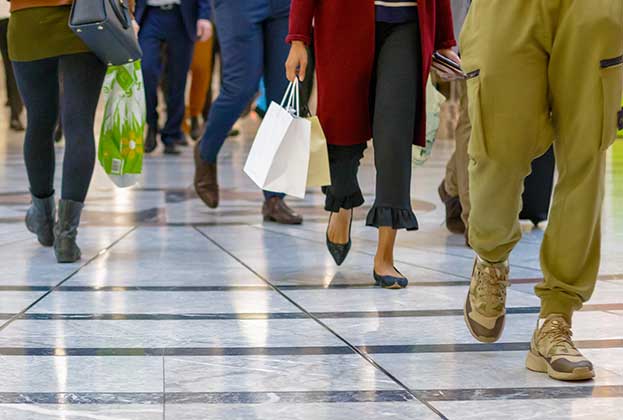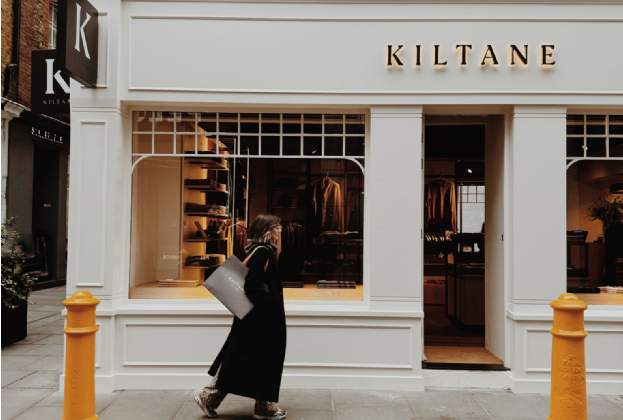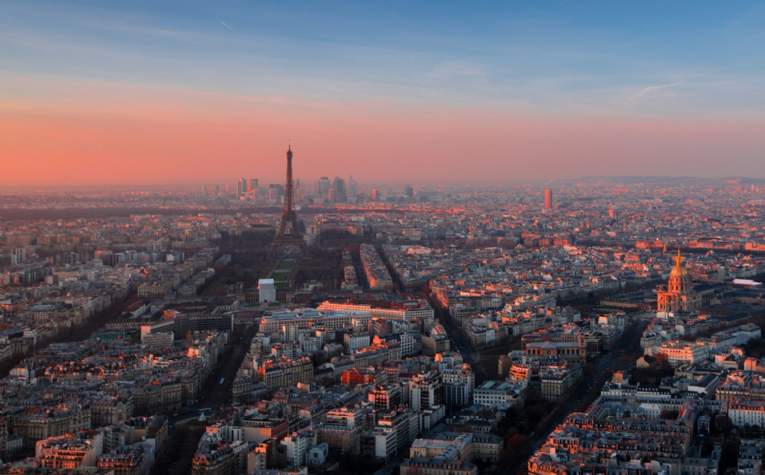Oxford Street has certainly changed over the last 20 years, with just 19.2 per cent of stores present in 1997 still there today. The prime section then was dominated by Oakland Menswear, Jeans West, Kookai, Naf Naf and Ciro Citterio while Sock Shop had the greatest presence with six stores.
Fast forward 20 years to 2038 and Oxford Street will definitely look different thanks to Crossrail and pedestrianisation, but will we see such a dramatic change in the retail line up again? Quite possibly. There have been 15 closures since 2015 and, if this rate continues, 70 per cent of current retailers could disappear by then, accelerated further by future development and the amalgamation of retail space.
By 2038, more manufacturers and non-retail brands will be opening standalone stores, as Microsoft and Dyson have already done. The current trend of retailers partnering with food and beverage (F&B) operators to entice customers in, as seen in Topshop and French Connection, will become more pronounced. The street’s overall F&B offer will expand and become more creative, with recently announced plans for a market-style ‘foodie hub’ featuring 50 bars and eateries in the former BHS store at the helm.
Crazy golf club Swingers, shortly due to open above the former BHS, will also pave the way for a new wave of leisure-led offers while generally use of upper floors will become more imaginative, providing entertainment alongside a retail offer below. The street will undoubtedly remain a hub of fashion and other flagship stores, but interactive and virtual experiences will become more prolific within them.
Ultimately, retailers come and go in any competitive market and this need not always be viewed negatively. It’s easy to blame rent and rates increases for retailers moving off Oxford Street, but in truth the rents set are a direct result of the most basic economic theory – supply and demand. If rents are too high, retailers will not take up supply. If they don’t take up supply, rents fall again. We have rarely seen void rates higher than 5 per cent on Oxford Street, and that’s probably the best indicator that retailers are generally comfortable with the rental levels.
The next 20 years will bring further technological advancement, creating opportunities but also meaning physical retailers will need to work hard to keep pace. The International Air Transport Association (IATA) predicts that global air travel will increase from the current 3.8 billion annual passengers to 7.2 billion by 2035. Many of those additional passengers will be seeking out the best retail destinations around the world, including Oxford Street.
To truly compete on a global stage, the street must provide the infrastructure visitors expect. Flexibility with planning laws to accommodate uses that will add to the vitality of the retail offer in the West End overall will be essential.
Further information
Read more: Savills Retail Open
.jpg)
.jpg)







.jpg)
